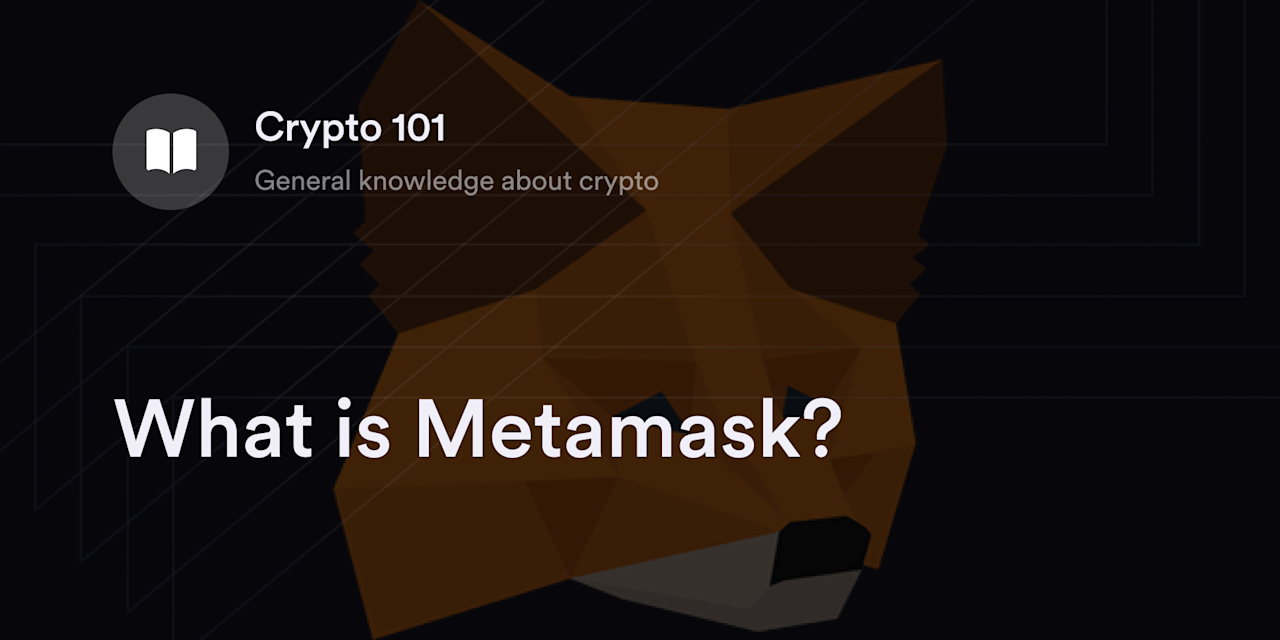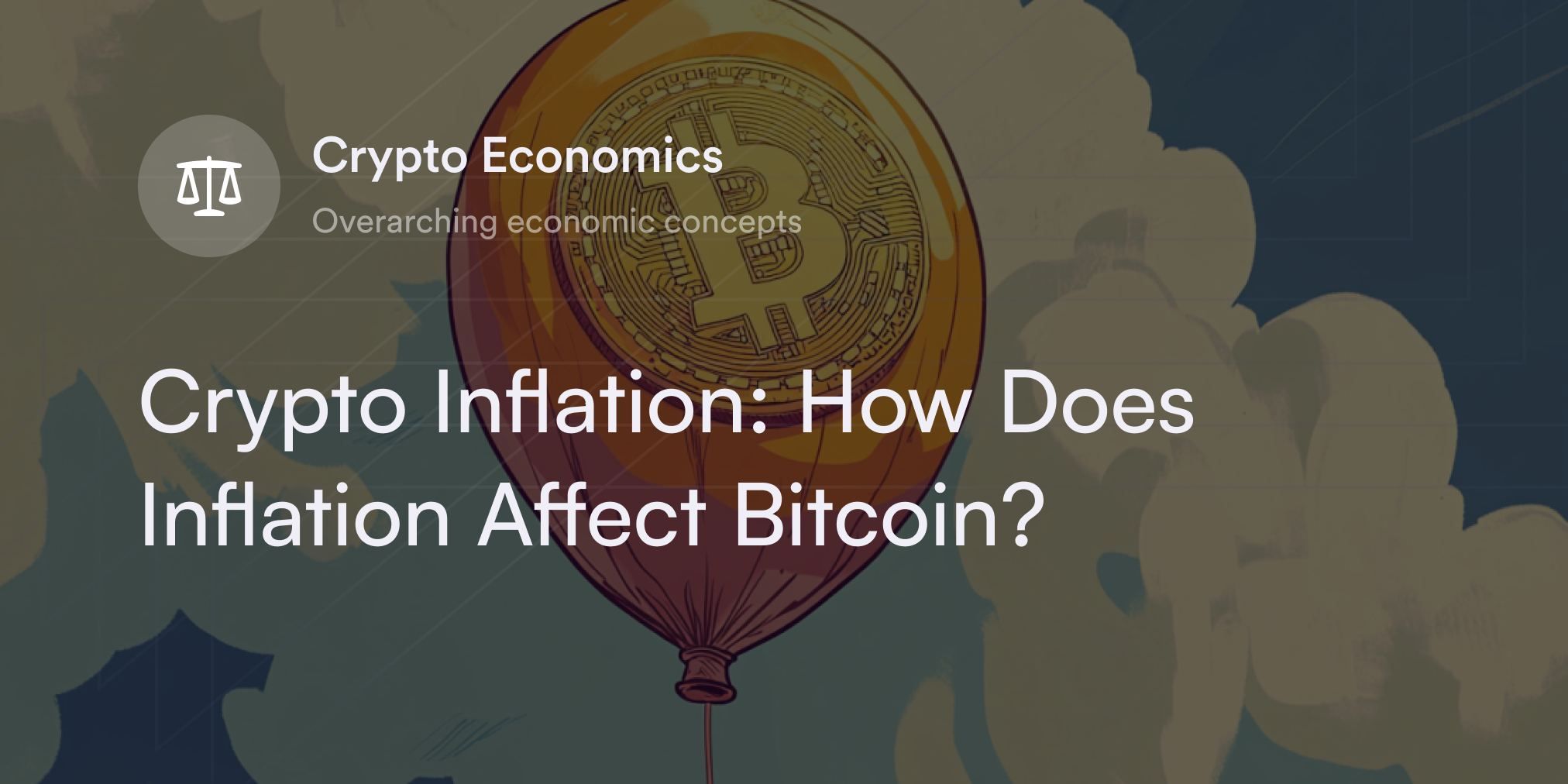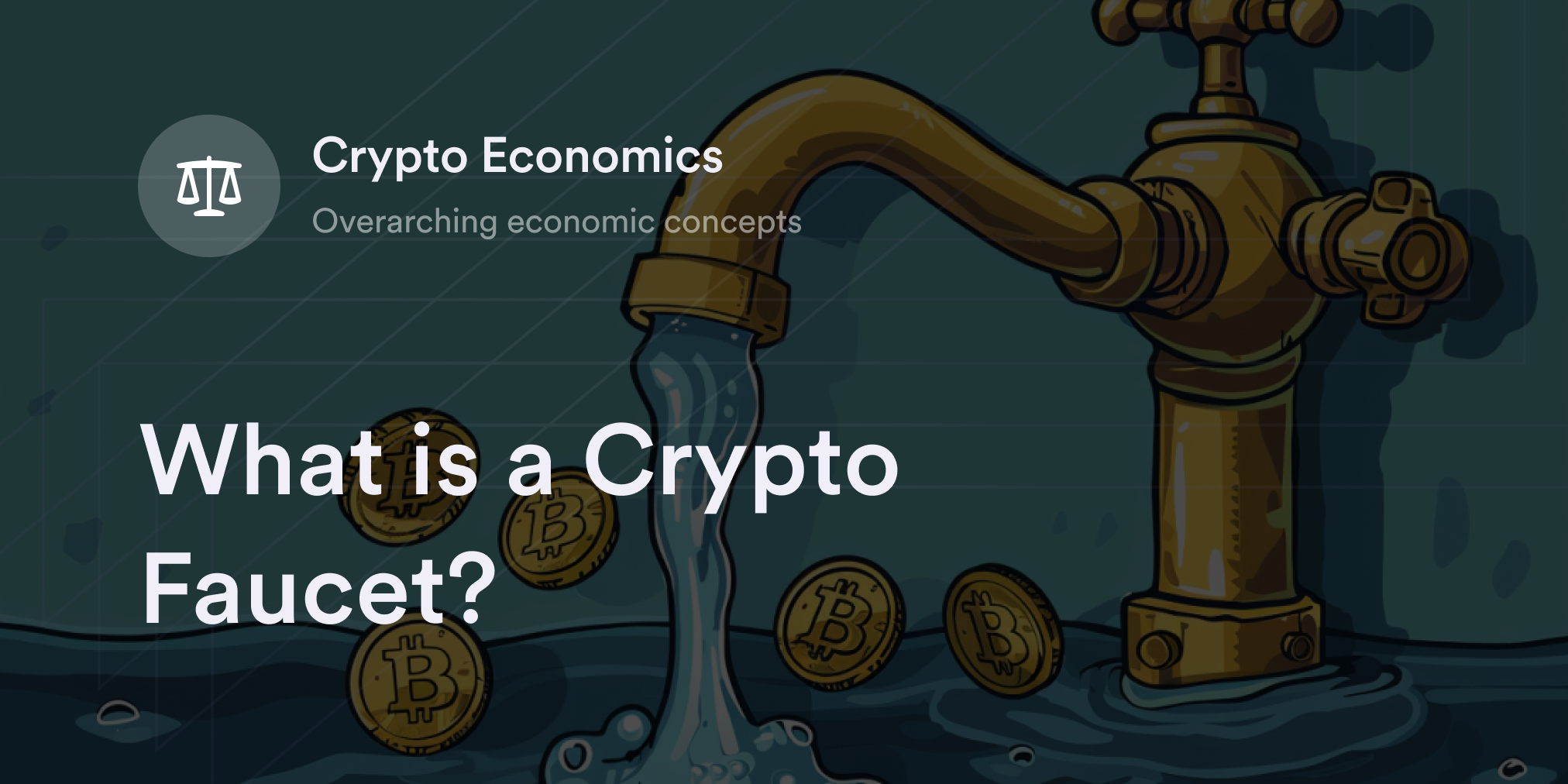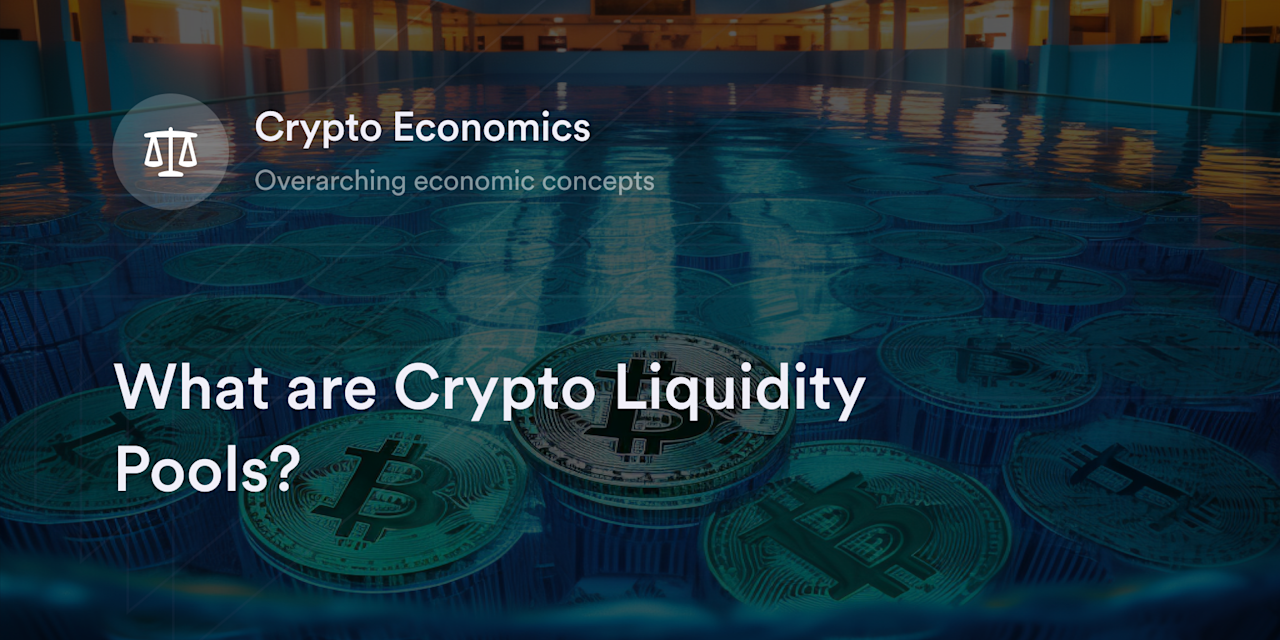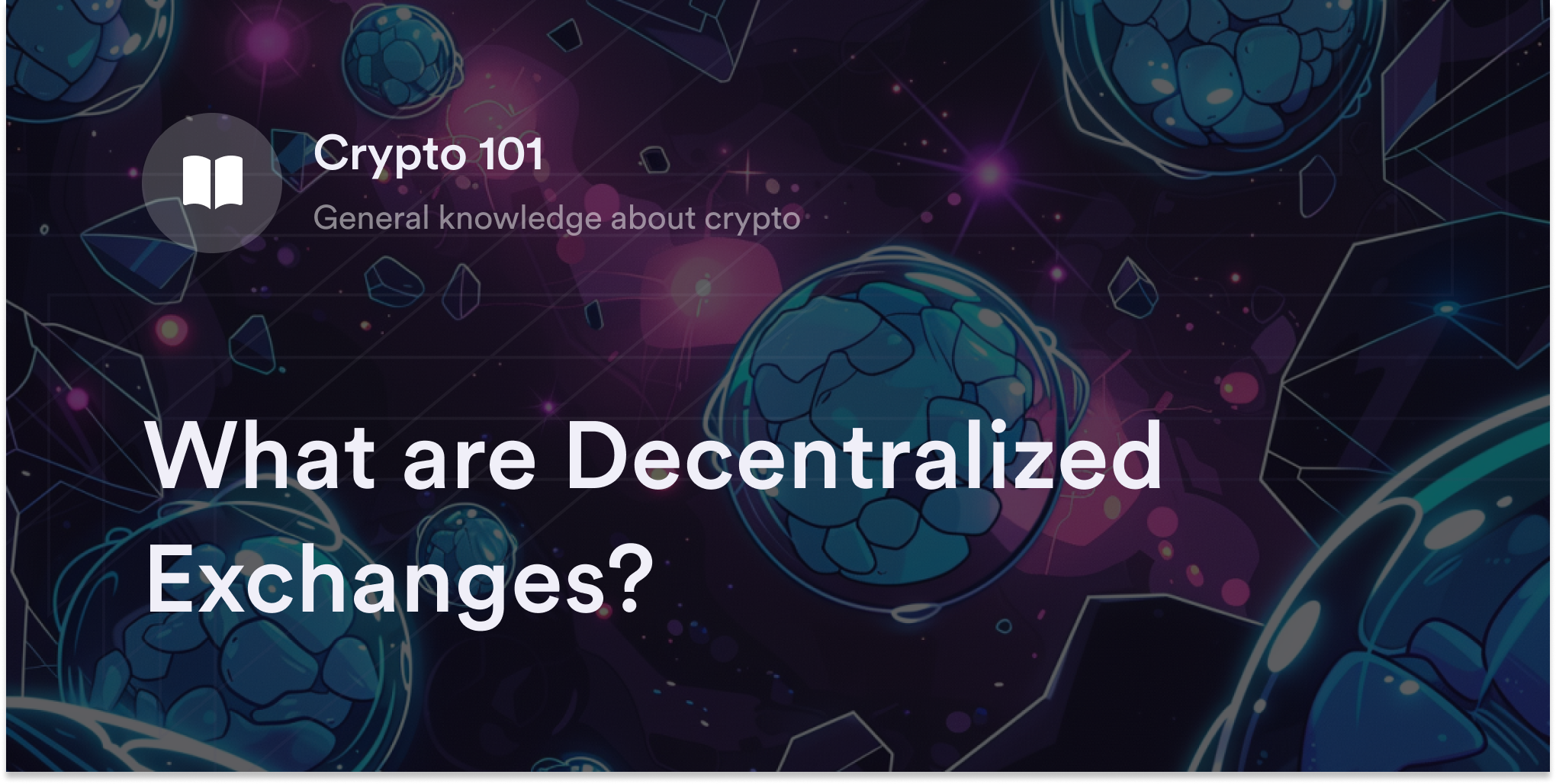
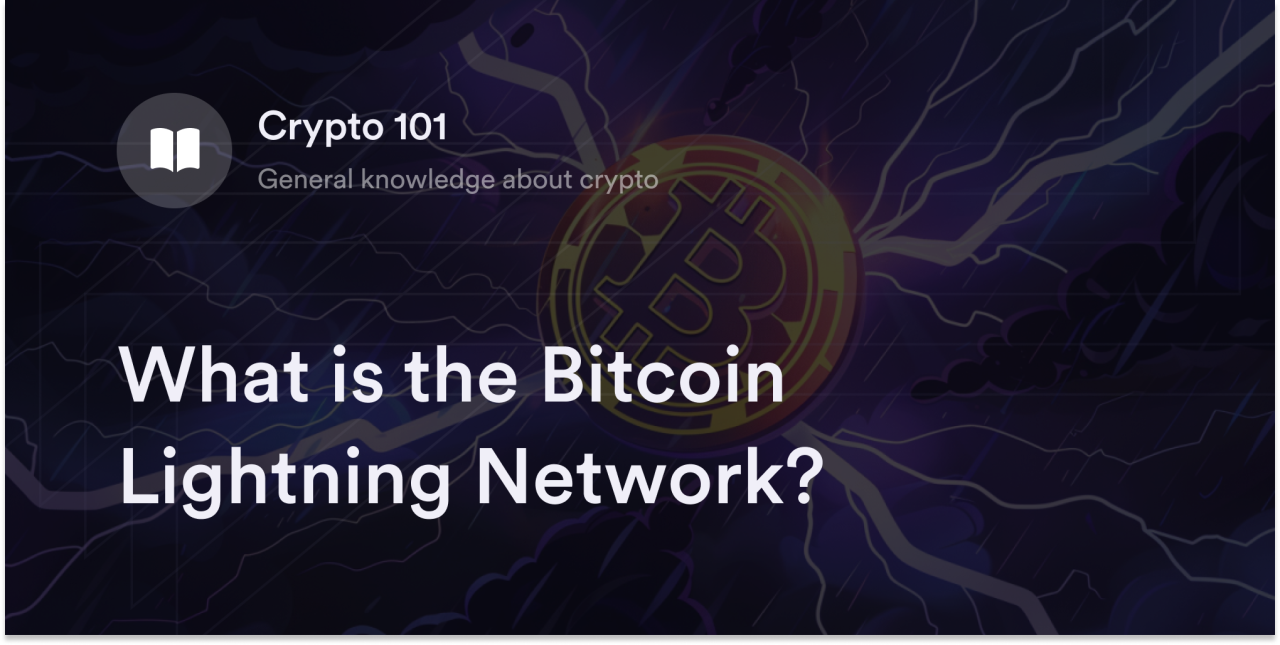

Cryptographer Satoshi Nakamoto envisioned Bitcoin (BTC) as a global peer-to-peer (P2P) “electronic cash system,” but many traders don’t use their BTC in day-to-day transactions. In fact, at least 67% of millennials view BTC as a “store of value” asset like precious metals. Crypto analytics firm Glassnode also discovered the amount of Bitcoin that hasn’t moved in more than a year hit a high of more than 65% in 2023.
A few reasons people “HODL” BTC rather than spend it is due to the blockchain’s high gas fees and slow transaction speeds. If Bitcoin becomes a mainstream currency, there needs to be a way to scale the protocol for a global audience. Enter the Bitcoin Lightning Network.
The Bitcoin Lightning Network leads the charge to fix Bitcoin’s scalability issues by creating a fast and cheap portal for BTC microtransactions. Although the Lightning Network (LN) is still in its early stages, it’s already struck a chord with developers, traders, and users in the crypto community.
Here's everything you need to know about the Bitcoin Lightning Network and how it’s revolutionizing BTC transactions.
What is the Bitcoin Lightning Network?
Think of the Bitcoin LN as a virtual IOU tab for Bitcoin transactions. People who join it record every BTC transfer with other users on a digital ledger until they decide to finalize their bill on Bitcoin’s primary blockchain. Like the original Bitcoin network, the LN runs on a decentralized system of computers (aka nodes) that monitor and verify every BTC people send and receive. Unlike Bitcoin, however, the Bitcoin LN is a layer-2 software solution, meaning it’s built on top of the Bitcoin protocol rather than a standalone layer-1 blockchain. The LN uses self-executing programs called smart contracts to transfer data between its network and Bitcoin’s blockchain without relying on third-party intermediaries.
So why did developers create a new payment portal for BTC rather than improve Bitcoin’s primary chain? Interestingly, this was a central debate in the Bitcoin community when developers Joseph Poon and Thaddeus Dryja proposed the Bitcoin LN in 2016. Those favoring the Bitcoin LN saw it as a secure way to boost BTC’s transaction speeds without sacrificing the blockchain’s decentralization and security. Users on the LN settle tiny Bitcoin transactions off-chain before settling them in bulk on Bitcoin’s primary network, offloading reams of data from the main blockchain and improving Bitcoin’s efficiency.
But some developers wanted to increase Bitcoin’s data storage limit of 1 megabyte per block to squeeze more info in each confirmation, enhancing the network’s speed. Although increasing the average block size improves transaction throughput, critics argue it increases the computational power required to store data, which may open the Bitcoin blockchain to new security risks and increased centralization. Those all for raising Bitcoin’s block size split from the Bitcoin community in 2017 to create a separate cryptocurrency called Bitcoin Cash (BCH).
How Does the Bitcoin Lightning Network Work?
The Bitcoin LN works like a digital debit card system, but instead of transferring cash from a bank account, people use BTC in their LN wallets. To join the LN, people first transfer BTC from the Bitcoin blockchain to a multi-signature wallet with another LN user. For context, multi-signature wallets are crypto wallets with at least two users with two sets of essential passwords called private keys. To confirm any transaction in the Bitcoin LN, both parties need to confirm the transfer with their private keys, adding an extra security layer to the protocol. The two LN users record their BTC transfers in a payment channel until they decide to settle the balance on Bitcoin’s main blockchain. When a payment channel closes on the LN, nodes on the Bitcoin blockchain record the final balance and distribute the BTC to each user’s crypto wallet.
For example, suppose you want to open a Bitcoin LN payment channel with your favorite ice cream shop. First, you need to create a payment channel with the store’s LN address using an LN-compatible crypto wallet like the Wallet of Satoshi or Eclair. You also need to deposit BTC to buy products from the shop in the new LN payment channel. In this case, let’s assume you deposited 0.05 BTC into your account with the ice cream store’s owner. Once all this data clears on the LN, you pay for your favorite frozen treats until you run out of BTC funds or one party closes the payment channel.
However, you don’t need to open countless LN channels whenever you want to send BTC to other users. The LN can route BTC payments through innumerable nodes until they reach their target destination. So suppose your friend is craving a hot fudge sundae but doesn’t have a payment channel with the ice cream shop. If they already have a channel with your LN account, they can send their BTC to the store without opening a new channel. In this case, your friend’s BTC travels through your LN address into the store’s wallet. As the LN grows, it may only take one payment channel to access the entire network.
How Long do Bitcoin LN Transactions Take, and how Much are They?
At its maximum capacity, the Bitcoin LN processes more than one million transactions per second (TPS), making it one of the fastest crypto transfer services. Even during high network congestion, people on the LN typically see BTC land in their accounts in seconds. By contrast, the Bitcoin blockchain processes seven TPS and takes at least 10 minutes to confirm a new batch of BTC transfers. And if many people transfer Bitcoin simultaneously, it may take hours for a simple BTC transfer to post on the blockchain.
Regarding fees, the average cost to send BTC on the LN is typically $0.0003 per transaction. Although prices fluctuate depending on market demand, it’s unheard of for the LN to charge above a single penny for a BTC transfer. Even during periods with low network congestion, sending BTC rarely costs below $0.50 on the Bitcoin blockchain.
Bitcoin Lightning Network Stats
Although the LN isn’t the largest crypto project, more people and businesses are taking advantage of this new system. Charts from LookIntoBitcoin show the number of BTC deposited in LN accounts has been consistently climbing year-over-year. At the end of 2022, the LN surpassed 5,000 deposited BTC, equaling $130 million at the time of writing. LookIntoBitcoin also found the number of nodes on the Bitcoin LN is rising to meet increased network demand, hitting a high of 20,000 active nodes in 2022.
Analysts at Arcane Research discovered that most of the Bitcoin LN growth is due to integrations with fintech apps, particularly Square’s Cash App. After Cash App offered LN transfers in 2022, user count on the Bitcoin LN rose to 80 million, growing from 10 million in 2021.
What are the Bitcoin Lightning Network’s Advantages?
The primary benefit of the Bitcoin LN is it offers a fast and cheap way to process BTC microtransactions. Before the LN was available, sending a small BTC payment for items like groceries or gas was impractical due to the high network fees and slow throughput. Thanks to the LN’s payment channels, it’s now financially feasible for businesses and consumers to start using BTC to make daily purchases like they would use credit cards or fintech apps. A few major companies like Walmart and McDonald’s have even begun experimenting with Bitcoin LN payments in select regions.
But micropayments aren’t the only potential benefits the Bitcoin LN provides. For instance, some developers use the LN to give gamers BTC play-to-earn incentives in their video games, and apps like Zion use the LN’s infrastructure to create decentralized social media platforms. Crypto wallets like Strike offer migrant workers low-fee cross-border remittance payments on the LN.
A side benefit of the LN is it cuts Bitcoin’s energy consumption and pollution. Because the LN records millions of transfers off Bitcoin’s core blockchain, it reduces the daily transactions BTC nodes process. According to Valuechain, the LN may make Bitcoin at least one million times more energy efficient than competing instant payment solutions.
Are There Risks to Using the Bitcoin Lightning Network?
While the Bitcoin LN is one of the most widely adopted layer 2s in cryptocurrency, critics are concerned over potential security issues. Although hackers have yet to crack into the LN, there have been multiple reports of bugs and vulnerabilities following the LN’s launch. For example, Burak Keceli, Bitmatrix’s founder, tested the LN’s security by introducing a 998 multi-signature wallet confirmation to his Bitcoin transaction. Rather than the typical two private key signatures, Keceli’s transfer required 998 confirmations to post on the LN. After Keceli sent this complex transaction, it caused the LN to skip a data block and temporarily stopped users from opening or closing payment channels. Although the LN team patched up this issue, it highlights the potential weak points of the LN’s software.
There are also fears surrounding the growing centralization of the Bitcoin LN. Some popular LN wallet providers like Cash App, Chivo, and Strike are centralized companies, meaning they can trace, identify, and freeze BTC transfers in users’ accounts. For example, Cash App allows users to enable on-chain transactions when sending BTC to other crypto wallets. Using the enable function lets people send their BTC to other app users or crypto wallets, but Cash App serves as the crypto custodian and may restrict transactions it deems suspicious. The LN also introduced Watchtower nodes to monitor and flag suspicious activity on the network. While Watchtowers may reduce the incidence of spam or hacks, they present another potential centralization risk.
Lastly, the Bitcoin LN isn’t the only crypto project that promises to offer fast and low-fee P2P transactions. Cryptocurrencies like Litecoin (LTC), Bitcoin Cash (BCH), and Dash (DASH) focus on making P2P micropayments a reality. Plus, the circulating supply of the Ethereum-compatible Wrapped Bitcoin (wBTC) is currently 30x larger than the 5,000 BTC on the LN. Although advocates claim Bitcoin’s brand awareness and reputation make the LN a valuable payment rail, it’s not without competition.
Enjoy ‘Lightning Fast’ Perpetual Swaps on dYdX
Like the Bitcoin LN, the dYdX v4 chain will offer eligible users a swift, safe, and low-fee crypto experience. Built within the Cosmos ecosystem, dYdX’s v4 chain has dozens of crypto perpetual contracts available to eligible traders, including Bitcoin, Ethereum, and Litecoin.
Eligible crypto traders on dYdX enjoy a completely decentralized trading experience, advanced trading options, and up to 20x leverage. Find out more about cryptocurrencies and trading perpetuals on our Academy. Also, head to dYdX’s blog to learn more about our product and platform.
Eligible traders can start trading on dYdX today!
Disclaimer
The content of this article (the “Article”) is provided for general informational purposes only. Reference to any specific strategy, technique, product, service, or entity does not constitute an endorsement or recommendation by dYdX Trading Inc., or any affiliate, agent, or representative thereof (“dYdX”). Use of strategies, techniques, products or services referenced in this Article may involve material risks, including the risk of financial losses arising from the volatility, operational loss, or nonconsensual liquidation of digital assets. The content of this Article does not constitute, and should not be considered, construed, or relied upon as, financial advice, legal advice, tax advice, investment advice, or advice of any other nature; and the content of this Article is not an offer, solicitation or call to action to make any investment, or purchase any crypto asset, of any kind. dYdX makes no representation, assurance or guarantee as to the accuracy, completeness, timeliness, suitability, or validity of any information in this Article or any third-party website that may be linked to it. You are solely responsible for conducting independent research, performing due diligence, and/or seeking advice from a professional advisor prior to taking any financial, tax, legal, or investment action.
You may only use the dYdX Services in compliance with the dYdX Terms of Use available here, including the geographic restrictions therein.
Any applicable sponsorship in connection with this Article will be disclosed, and any reference to a sponsor in this Article is for disclosure purposes, or informational in nature, and in any event is not a call to action to make an investment, acquire a service or product, or purchase crypto assets. This Article does not offer the purchase or sale of any financial instruments or related services.
By accessing this Article and taking any action in connection with the information contained in this Article, you agree that dYdX is not responsible, directly or indirectly, for any errors, omissions, or delays related to this Article, or any damage, injury, or loss incurred in connection with use of or reliance on the content of this Article, including any specific strategy, technique, product, service, or entity that may be referenced in the Article.

